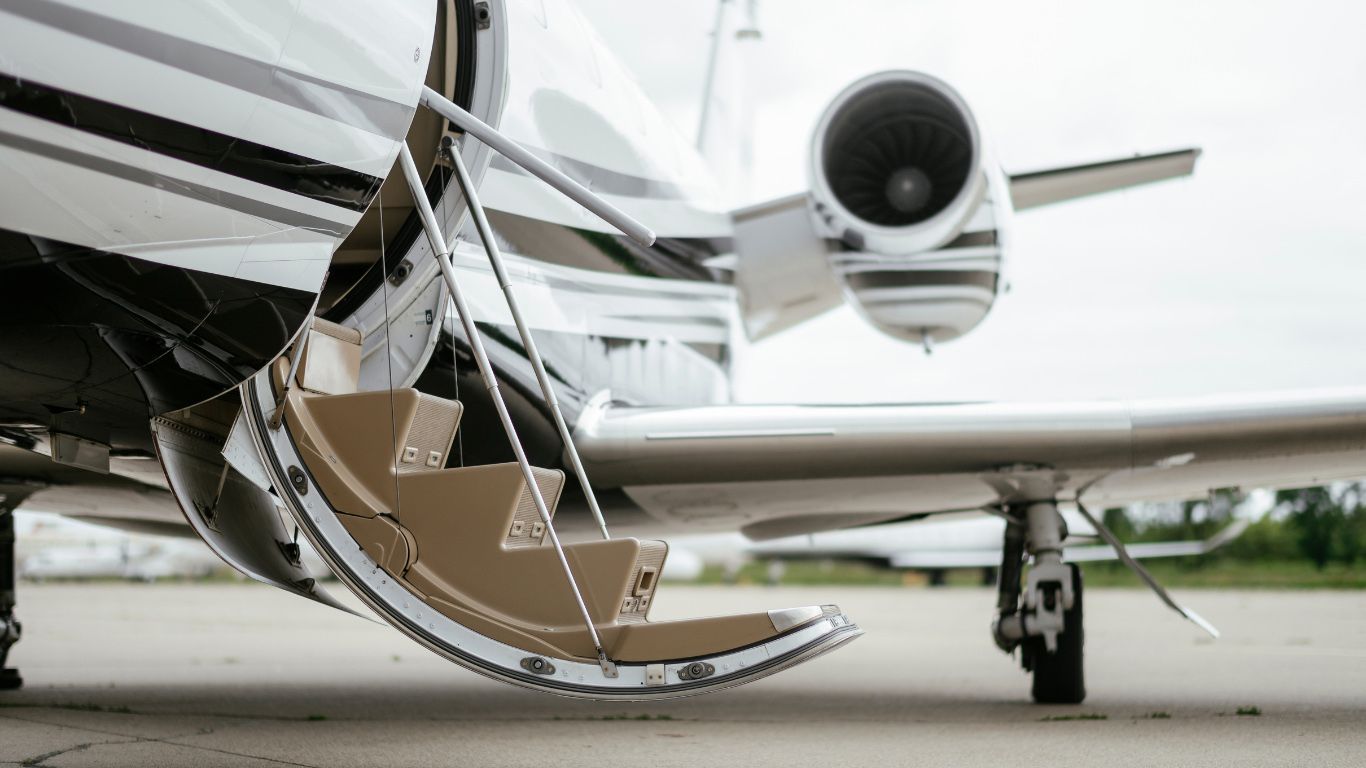A Pilot's Guide to Managing Medical Emergencies in Mid-Flight
Piloting an aircraft is an immense responsibility, requiring not only technical skill but also the ability to manage unexpected situations, including medical emergencies. When a medical emergency occurs mid-flight, a pilot's preparedness and response can significantly impact the outcome. This guide outlines essential strategies and considerations for pilots to effectively manage medical emergencies while airborne.
Pre-Flight Preparation
Know Your Resources: Familiarize yourself with the medical equipment on board and ensure it is easily accessible and in good working condition before each flight. This includes knowing how to use the automated external defibrillator (AED), oxygen supplies, and emergency medical kits.
Crew Briefing: Ensure that all crew members are aware of their roles in a medical emergency. If any crew members have medical training or certifications, take note of this as it could be invaluable during an emergency.
Recognizing a Medical Emergency
Quickly and accurately assessing a situation as a medical emergency is crucial. Common in-flight medical emergencies include fainting, respiratory issues, cardiac symptoms, and acute allergic reactions. Pilots should listen carefully to the descriptions of symptoms provided by the crew or passengers and monitor any updates on the passenger's condition.
Initial Steps to Take
Remain Calm: As the pilot, your primary responsibility is to safely operate the aircraft. Staying calm and collected is paramount, as it helps maintain the trust and calm of the crew and passengers.
Assess the Situation: Determine the severity of the medical emergency with the help of crew members and, if available, medically trained passengers. This assessment will guide your decision-making process.
Communication is Key: Inform air traffic control (ATC) of the situation and your intentions. They can provide assistance, such as prioritizing your landing or directing you to the nearest suitable airport.
Decision Making
Diversion or Continuing Flight: Decide whether to divert the flight or continue to the destination. Consider factors like the severity of the emergency, the remaining flight time, weather conditions, and the medical facilities available at the nearest airports.
In-Flight Management: If a diversion is not immediately necessary, or if you are managing the situation until you can land, delegate tasks to crew members. This can include administering first aid, monitoring the passenger's condition, and keeping the cabin calm.
Utilizing Available Resources
In-Flight Medical Support Services: Some airlines subscribe to commercial in-flight medical support services that provide real-time advice from medical professionals on the ground. If available, use this resource to get guidance on managing the emergency.
Passenger Assistance: In the absence of in-flight medical support services, seek the assistance of passengers with medical knowledge. Announce the need for medical assistance calmly, specifying the type of expertise required, if known.
Post-Emergency Procedures
After managing a mid-flight medical emergency, it's essential to follow up with appropriate documentation and reports as required by your airline and regulatory bodies. Debrief with the crew to review the response and identify any areas for improvement.
Pilots play a critical role in managing mid-flight medical emergencies, and preparation is key to ensuring the safety and well-being of all on board. By understanding the steps to take, from pre-flight preparation to post-emergency procedures, pilots can confidently navigate these challenging situations. Remember, the goal is to maintain the safety of the flight while providing the best possible care for the affected passenger until professional medical help can be reached.








